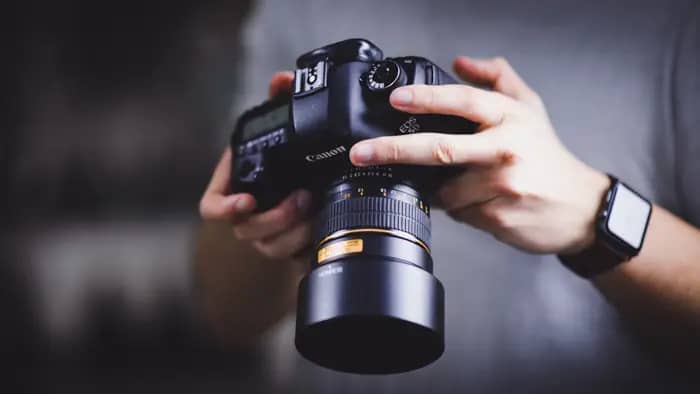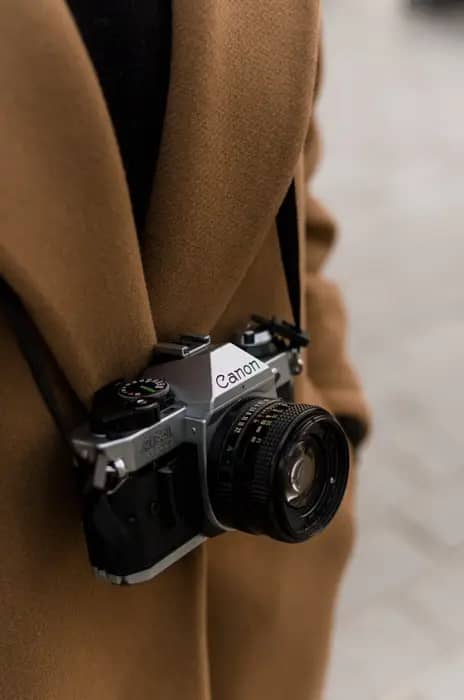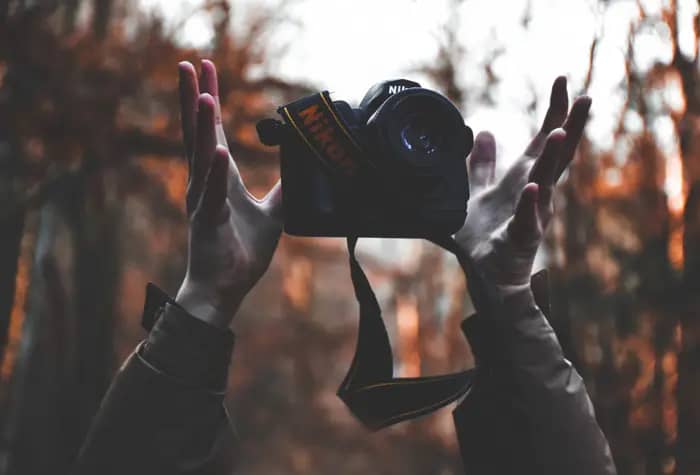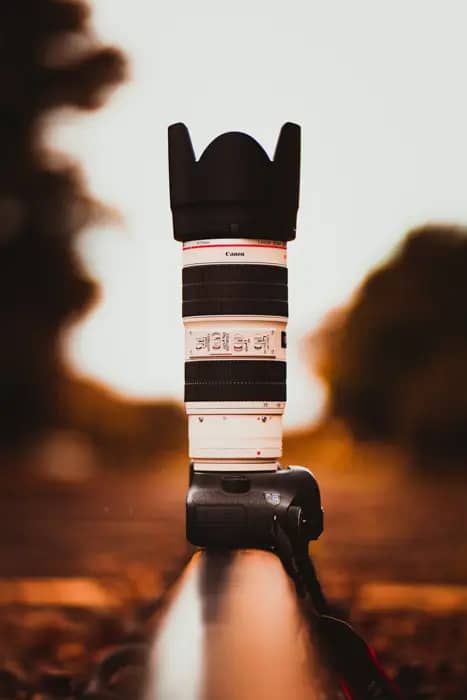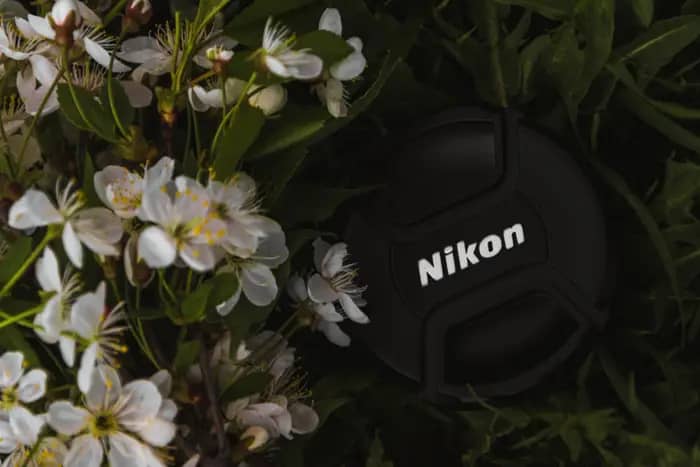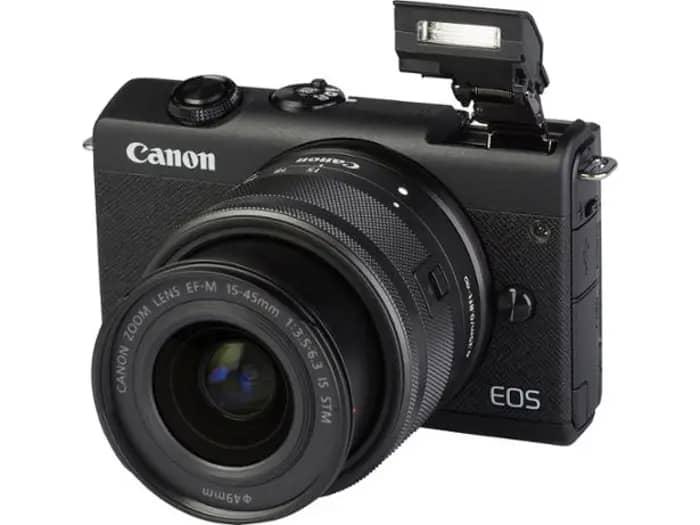Canon vs Nikon: Which DSLR to Buy in 2022
In this walkthrough, we will be comparing the two giant camera companies Canon vs Nikon and help you with DSLR to Buy in 2022.
Author:Daniel BarrettMay 30, 202212.3K Shares352.8K Views
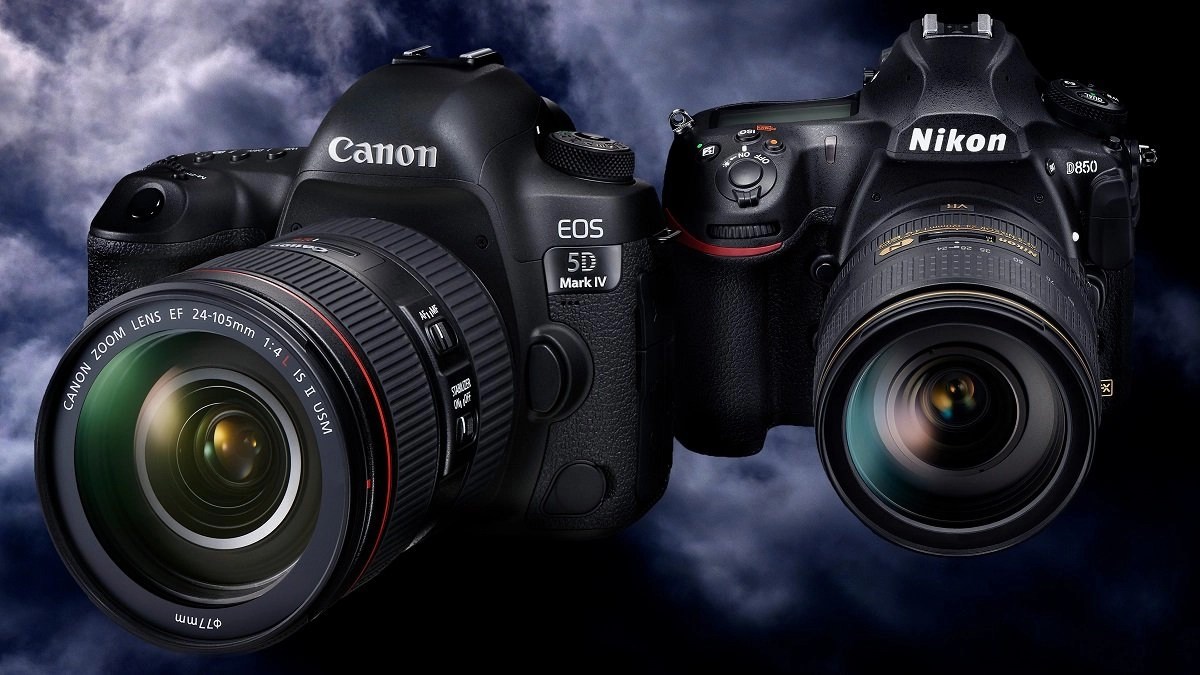
Every industry has rivalries. From Microsoft vs. Apple to Marvel vs DC. From Androidvs iPhoneto KFC vs McDonald’s. In this walkthrough, we will be comparing the two giant camera companies Canon vs. Nikon, and help you with DSLR to Buy in 2022.
In the photography universe, Canon and Nikon are often compared against each other. So let’s explore the differences between the two brands and the top Canon and Nikon DSLR cameras to buy in 2022.
What brand to pledge to will depend on personal preference, ergonomics, and availability of lenses (especially for your particular subject matter). Plus other minute features that more advanced users care about. This includes flash sync speeds, actuation lifespans, buffers, and more.
The Canon vs. Nikon Debate
The questions come from photographers wholly ardent to one or the other. Canon and Nikon are the two most widespread DSLR brands. Therefore, it is natural that the most significant debate is around them.
Back in the golden age of film photography, the Nikon vs. Canon debate was less prominent. There were plenty of excellent cameras, and they all offered something different.
But a lot has changed since we entered the age of digital photography. Now, beginner photographers often choose between either Nikon or Canon cameras. Each has also started producing mirrorless cameras in recent years, slowly threatening to put Sony in second place.
Don’t miss: Top 10 Best Beginner DSLR Cameras 2022
A Real-Life Comparison
Both Canon and Nikon have their strongholds in different target niches. The following sections will go through the areas where the two brands differ.
Lenses
Firstly, one of the biggest reasons Canon and Nikon are the most popular brands is their compatibility. Canon’s EF range goes back to 1987. Meanwhile, Nikon Corporation launched Nikon’s F mount lenses in 1959. That means you have a variety of photography equipment that would still work on your modern digital camera.
The main difference between the two brands is the autofocus. With Canon, all the EOS lenses have auto-focus. Meanwhile, only Nikon AF-S lenses have auto-focus.It is also worth noting that even non-AF-S lenses still work on Nikon DSLRs. The only caveat is that you have to focus them manually.To keep their cameras portable, Nikon decided to eradicate the autofocus motor from their entry-level DSLRs. So, unfortunately, you cannot use autofocus from older Nikon AF-S lenses if you have an entry-level DSLR.
In contrast, Canon has always had the autofocus motors in the lenses, not the bodies. That means you get to equip older lenses with most camera bodies. The newest Nikon and Canon lenses perform equally well.
Modern and Old Lenses
If you prefer modern lenses with the latest technology, then consider Canon. Their L-Series’ quality and autofocus are noticeable. In addition, more third-party vintage lenses are available for Canon, which you can attach to the camera body with adapters.However, Nikon has vintage and manual lenses compatible with their DSLRs. This is different for Canon.
When it comes to mirrorless equipment, Nikon produced fewer lenses. Still, they are lighter and smaller.
Both brands recently started producing lenses meant to go on mirrorless bodies. This puts them in competition with Sony, leading the market with the Alpha series for years.
Sensor
There are crop and full-frame versions of Canon and Nikon as standard in every camera.
The term crop factor means the magnification any particular lens produces when you use it on a crop-sensor camera. This number varies between the two camera brands. For example, the crop factor of Nikon crop-sensor cameras is 1.5x. For Canon, the crop factor is 1.6x. A larger sensor often means better resolution. For example, the 0.1 crop factor difference between Nikon and Canon may seem insignificant, but since crop sensors are already small, even 0.1 helps your images with a resolution boost. Smaller sensors also create better ‘magnification.’ If you are a sports photographer, you can quickly change a 100mm telephoto lens into a 150mm with a Nikon and a 160mm with a Canon body.
Also read: Top 15 Best Audiophile Headphones 2022
Ease of Use
Usability is a very critical factor when comparing cameras. Many consider Canon DSLRs easier to handle, while Nikon takes the lead with mirrorless.
It is all about what feels comfortable to you. When most photographers choose their brand, they often do not shift. Besides, getting rid of your equipment is not easy after spending so much on it. So think well about your choices before purchasing.
Canon vs. Nikon – Which is the Better Choice For YOU?
In this section, we compare cameras from different photography levels and purposes from both Canon and Nikon.
Advanced Mirrorless: Canon EOS R vs. Nikon Z6 vs. Nikon Z7
The initial mirrorless models released by Canon and Nikon in 2019 were:
- Canon EOS R
- Nikon Z6
- Nikon Z7
All three models are full-frame mirrorless cameras with relatively-to-very-high resolution sensors—30.4MP, 24.5MP, and 45.7MP, respectively. A few different price points are being targeted, making for some approximate comparisons. Both the EOS R and the Z6 at the time of this writing are priced at around $1,800, while the Z7 is $2,800. The EOS R is a mirrorless version of the 5D Mark IV for all practical purposes. This makes it a four-year-old while the Zs are both completely new.
Considering image quality, the Z7 will have the potential for the sharpest shots due to the absence of a low-pass filter. While the EOS R has competent low light performance, Nikon still delivers an even better dynamic range. The other area where the Nikons will have a significant benefit over the Canon is image stabilization. Both Zs have IBIS, whereas the EOS R is limited to lens-based stabilization.
There are two areas where Canon steps forward, though.
Firstly, while both systems boast new lens mounts and impressive new lenses, Canon’s RF lenses are gaining massive acclaim thanks to unique offerings (like the RF 28-70mm f/2 L) and stunning performance, albeit with a hefty price tag. If budget isn’t a concern and you’re looking for the long term (i.e., looking for continuity with your next camera purchase), it’s hard not to attract the RF lenses.
The second is video. Nikon has made huge strides with the Z6 and Z7, offering decisive video autofocus and finally becoming competitive, but Canon’s Dual Pixel AF with Eye AF still outperforms it. That being said, Nikon’s IBIS is a solid counterpoint to that argument. And if 4K video is an absolute must, only the Z6 (out of these three cameras) offers uncropped 4K video.
Beginner Level Cameras: Canon T8i vs. Nikon D5600
After comparing these two, no winner was speculated. The verdict was that the D5600 was a little better in low light. While on the other hand, the T&I was the champion in high-action shots. This is due to its faster burst rate.Since then, Canon has released a new version, the T8i, and the results are…pretty much the same.
Another noticeable upgrade is increasing the video resolution to 4K up to 25 FPS. But the T8i still lacks the Dual Pixel AF found on Canon’s higher-end cameras. Without a strong AF function, it’s hard to recommend either camera for video, but the Canon would nevertheless flush out the Nikon here.
The bottom line is that both cameras are good options for entry-level DSLRs. They are equipped with the capability of taking good pictures, especially if paired with excellent lenses.
Enthusiast Level Cameras: Canon 90D vs. Nikon D7500
The 90D brings several obvious upgrades. The resolution has been significantly improved, up to 32.5MP. The benefit of a few years’ worths of improvements gives it better low-light performance. Yet, still not enough to contend with the D7500, which is leagues ahead of the Canon.
The D90 has faster burst shooting (11 FPS vs. 8 FPS), better battery life, a lighter body, and a fully articulating LCD in other specs. Plus, much better video qualities thanks to Dual Pixel AF.
Don’t miss: The Best Apple Pencil Alternatives In 2022
With the current matchup, the question proceeds from still or video to low light or not. The Nikon is probably the better choice if you often shoot in challenging lighting. But the other improvements of the 90D make it tremendously convincing. Many photographers and videographers opt to rent a DSLR before buying to help make the right choice for a more hands-on approach.
Now, anticipate and see what the D7600 brings to the table.
Top Level Cameras: Canon 1D X Mark III vs. Nikon D6
Both Canon and Nikon have introduced new flagship cameras this year. But in time past, the reality is the choice between flagships typically comes down to factors aside from the actual camera. When you’re comparing the Canon 1D X Mark III or the Nikon D6, you will probably be so heavily invested in one brand’s ecosystem. Therefore, the difference between the cameras will be so minute that there probably won’t be a convincing reason to switch from one to the other.
Generally speaking, flagships are intended squarely for professional sports and wildlife photographers. Therefore, it’s no wonder to see features aimed at these markets. Both have extensive weatherproofing, solid build quality, highly durable shutters, and fast shooting. The Canon edges out the Nikon in extreme bursts with a maximum shooting speed of 16 FPS (or 20 FPS when shooting in Live View). Plus, a 1,000 shot buffer compared to Nikon’s 14 FPS (10.5 FPS in Live View) and 200 shot buffer.
Both cameras have native ISOs of 100-102,400, but Nikon offers boosted ISO to 3,280,000, giving it the edge in highly dark conditions.
While some vouch for a flagship for shooting video, that’s not a compelling consideration for most flagship shooters. Nikon offers some video capabilities. But if you wanted to shoot video with a flagship, Canon is a far better option with resolutions up to 5.5K at 60P and 10-bit HDMI output. Plus, raw video recording and fantastic autofocus (Dual Pixel). The Nikon will give you 4K/30 FPS but dull video AF, which is poor.
Editor’s picks:
Jump to

Daniel Barrett
Author
Daniel Barrett is a tech writer focusing on IoT, gadgets, software, and cryptocurrencies. With a keen interest in emerging technologies, Daniel offers expert analysis and commentary on industry trends. Follow him for authoritative insights into the latest tech innovations.
Latest Articles
Popular Articles
